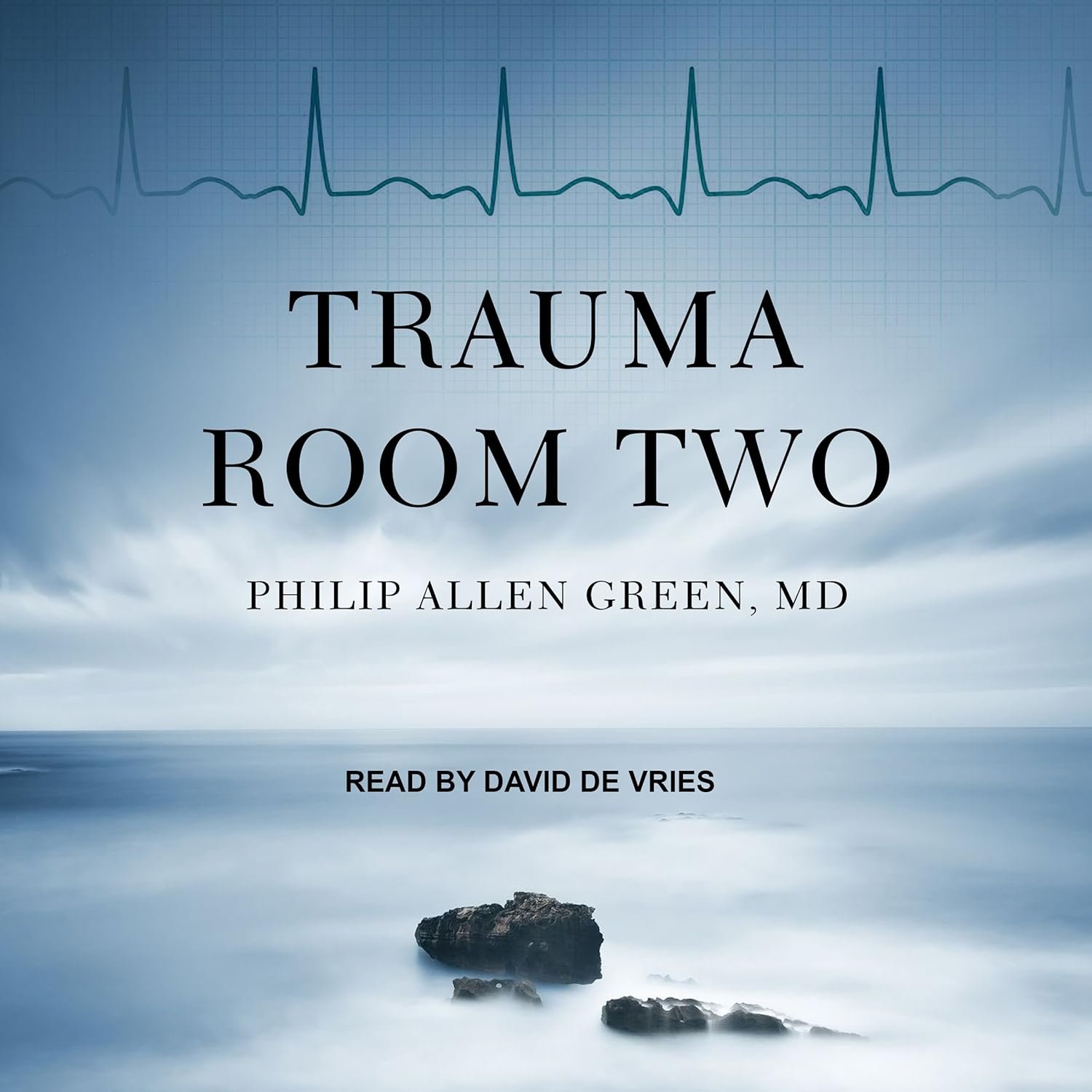A Journey Through Life and Loss: A Review of Trauma Room Two
Have you ever found yourself captivated by the sheer intensity of life and death, all played out in the brief moments of human connection? That was my initial draw to Trauma Room Two by Dr. Michael Green, a collection of short stories that peels back the curtain on the emotional landscape of emergency medicine. With 15 years of experience as an ER physician, Green offers us a rare glimpse into a world where heartbeats can change in an instant and where extraordinary narratives unfold in the most unexpected of places.
Each story in Trauma Room Two reverberates with the raw emotions and piercing truths that reside in hospital environments. Green’s writing transports readers into the trauma room—solitude balanced by chaos, hope intertwined with despair. The characters, whether they’re patients, doctors, or family members, come alive through the author’s keen observations and nuanced understanding of vulnerability. In one poignant story, we witness a family grappling with the reality of loss, their celebrations tinged with a bittersweet awareness that life can pivot on such a fragile thread. It’s a heart-wrenching reminder that the fragility of existence compels us to cherish our loved ones even more fiercely.
What struck me most was Green’s evocative writing style. It flows like a heartbeat—steady yet sometimes quickening as tension builds, allowing readers to feel the urgency embedded in each circumstance. Each vignette is meticulously crafted, providing an intimate portrait of human resilience. The pacing is brisk, yet it pauses long enough to allow us to breathe in the emotional weight of the moments being chronicled. This balance of urgency and reflection makes each story not just a narrative but a poignant life lesson imbued with real-world stakes.
A few notable lines linger in my mind: Green writes, “In the trauma room, epiphanies don’t come dressed in ribbons; they arrive wrapped in grief and loss.” This insight beautifully encapsulates the book’s essence and resonated deeply with me. It serves as a reminder that even in our darkest hours, we are often gifted the clarity that shapes our lives from that point on. Another testimony from a reader echoed this sentiment when they shared how Green’s stories shifted their perspective on everyday miracles. This collective realization underscores the profound impact of his work on those fortunate enough to engage with it.
Trauma Room Two isn’t just a book for medical professionals or aspiring writers; it’s a collection for anyone seeking to understand the complex tapestry of human existence. Readers from various walks of life—whether grappling with personal traumas or simply curious about the human condition—will find solace and reflection within these pages.
On a personal note, reading this collection was an experience that left me both humbled and inspired. It challenged me to consider the profound moments that define our lives and how we connect with one another amidst the chaos. Trauma Room Two is a testament to the resilience of the human spirit and a resonant exploration of love, loss, and the moments that matter most. If you’re in the mood for stories that will make you laugh, cry, and reflect, I wholeheartedly recommend this powerful collection. It will stay with you long after the final pages are turned, just as the lessons learned in trauma rooms linger in the hearts and minds of all who experience them.







